
Piezo Nano-Positioning: Cell Min-Invasive Rev (Centesis & Membrane Rupture)

(Note: Image from online resources)
I.Cell Centesis and Cell Membrane Rupture
The cell is the basic unit of life, and the cell membrane is like a precise protective film - it can maintain the stability of the internal environment of the cell and also prevent foreign substances from entering at will. However, in scientific research, we often need to break through this membrane: for instance, delivering drugs to cells, introducing gene editing tools, or extracting substances within cells. At this point, techniques such as cell centesis and membrane rupture that can break the protection of cells are needed.
For instance, in the entire process of artificial insemination, cell centesis is a core operation that runs through key links. Its accuracy and stability directly determine the advancement efficiency and final outcome of the entire process. During the operation of sperm and egg combination, the positioning, angle control and insertion force of cell centesis all need to be strictly controlled. The overall operation can be described as a fine process at the nanometer level.
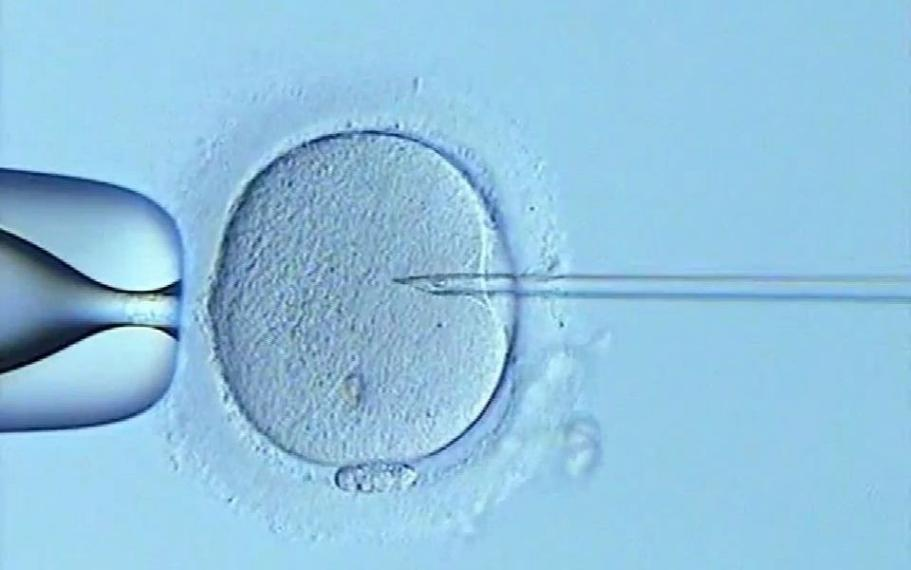
(Note: Image from online resources)
(注:图片来源于网络)
The working principle of the cell membrane rupture instrument is to achieve the effect of breaking the cell membrane by means of high-frequency vibration. When high-frequency ultrasonic waves propagate in a liquid medium, they will generate local tiny bubbles. During the process of rapid expansion and rupture of these bubbles, they will release powerful energy. This kind of energy can instantly destroy the cell wall and cell membrane, ultimately achieving the purpose of cell membrane rupture.
Cell Centesis:
Ultra-fine needles (such as glass microneedles or nanotubes) are precisely inserted into the cell membrane to complete the delivery or extraction of substances without severely damaging the cells.
Cell Membrane Rupture:
By means of physical, chemical or biological methods, controllable "holes" are created in the cell membrane (rather than completely destroying the cell) to allow exogenous substances to enter.
II. Core of Cell Centesis and Membrane Rupture Techniques
"Stable, Accurate, Precise, Fast”
Under normal circumstances, the thickness of the cell membrane is only about 7 to 10 nanometers, and the cell membrane is elastic - if too much force is applied, the cell membrane will rupture. However, if the force is insufficient, the operation of penetrating the cells cannot be completed. This places the ultimate demands on the precision and accuracy of the equipment. Traditional equipment often leads to problems such as excessive errors and puncturing cells due to insufficient precision, slow response, and imperfect force control.
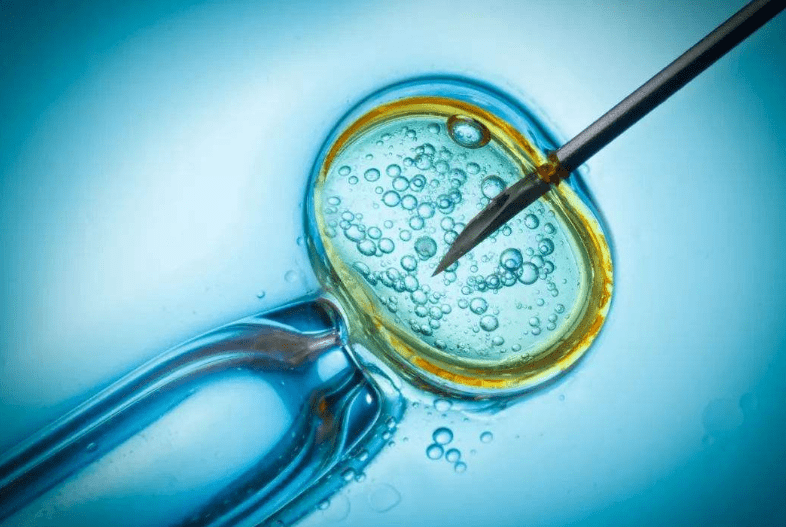
(Note: Image from online resources)
To achieve the best effect of cell penetration, the cell centesis and membrane rupture instrument needs to meet the following core characteristics:
1. Ultra-high precision: The positioning error must be controlled at the nanometer level; otherwise, the target position may be missed (for example: avoiding the cell nucleus and only operating on the cytoplasm).
2. Rapid response: Cells will have a stress response after being stimulated. If the operation speed is too slow, it will cause cells to actively repair membrane damage, affecting the experimental effect.
3. High repeatability: In the same batch of experiments, the force, speed and frequency of each puncture or membrane rupture must be consistent to ensure the reliability of the experimental data.
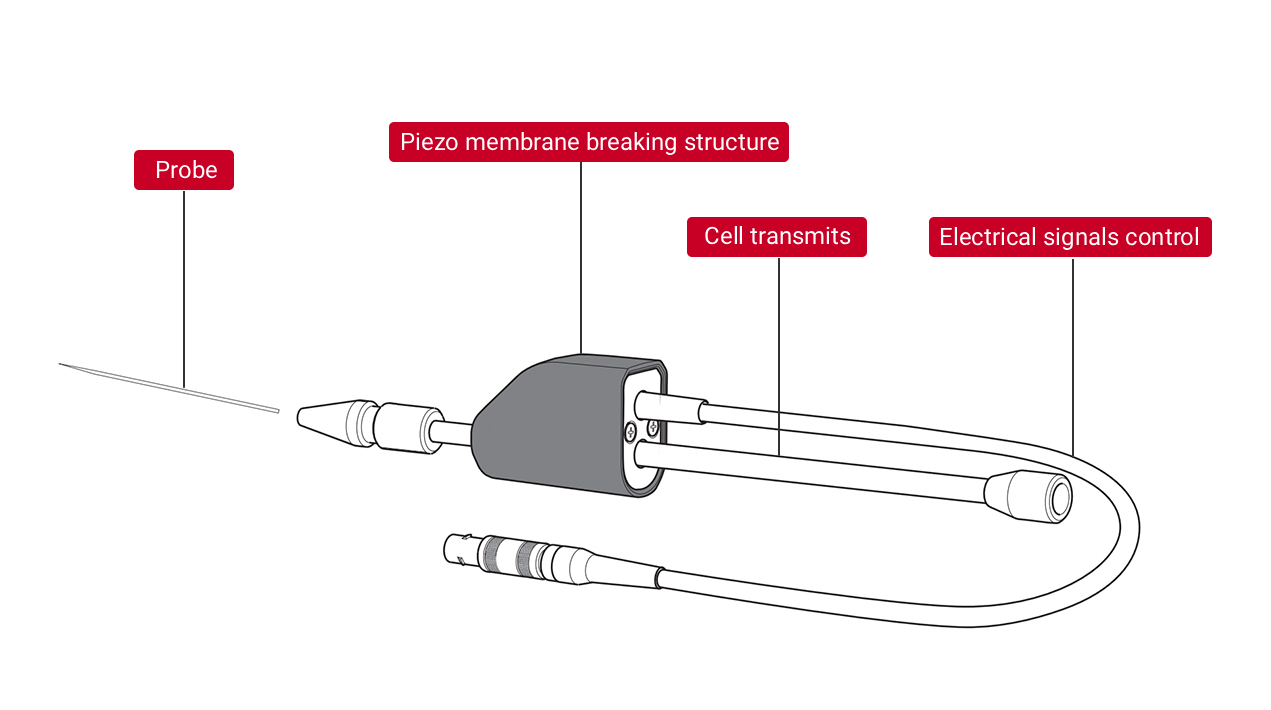
Membrane breaking apparatus
(Note: Image from online resources)
III. CoreMorrow Piezo Nano Positioning System
A Revolutionary Solution for Precise Cell
Manipulation
The unique effect of piezo ceramics: when voltage is applied, they will undergo slight shape changes. This effect can convert electrical signals into material deformation, achieving precise control at the nanoscale. More importantly, its response speed can be down to the millisecond level, and it can withstand high-frequency operations without getting tired - these features precisely match the core requirements of cell centesis and membrane rupture.
How does the Piezo Nano-positioning System Optimize the Cell Centesis and Membrane Rupture Instrument
1.Provide Nanometer-Level Positioning Accuracy
Piezo ceramic actuators have high resolution and can achieve nanometer-level displacement accuracy, which is the key to the success of fine cell manipulation.
2. Achieve High-Speed Dynamic Response
The response time of the piezo ceramic actuator can be down to millisecond level, making the cell puncture process fast and precise
3. No Magnetic Field Interference
The piezo drive principle neither generates electromagnetic interference nor affected by it.
4. Compact Structure and High Efficiency Density
The piezo ceramic drive forms are divided into direct drive mechanism type and amplification mechanism type. The products are small in size, compact in structure, and easy to integrate into Spaces with limited volume.
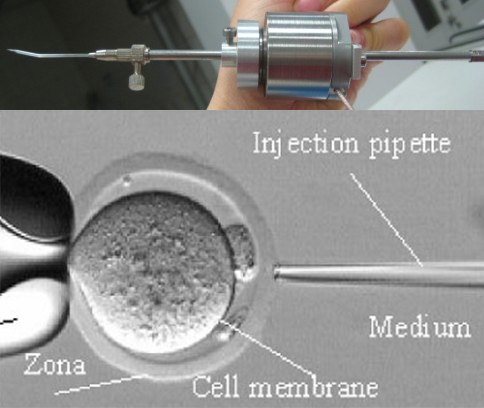
(Note: Image from online resources)
Low Voltage Cylindrical Piezo Actuator
The Preloaded piezo ceramic actuator is highly suitable for integration, offering nano-level resolution, a travel range of up to 190 micrometers, a microsecond-level response time, and a very compact shell shape.
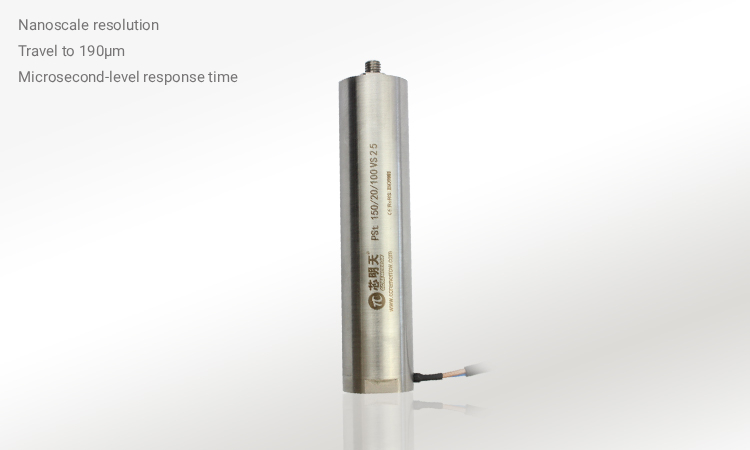
Characteristics
• Nanoscale resolution
• Optional closed-loop sensor
• Travel to 190μm
• Blocking force to 25000N
Technical Data
|
Stroke |
8μm~190μm |
|
Stiffness |
5N/μm~500N/μm |
|
Push force |
300N~7300N |
|
El. capacitance |
0.17μF~145μF |
|
Resonant frequency |
3kHz~40kHz |
|
Length |
19.2mm~199mm |
Note: The length, diameter, pins and interface of the piezo actuator can all be custom as required.
Low Voltage Ring Preloaded Piezo Actuator
Low voltage ring preloaded piezo actuator has an aperture of 9mm or 14mm diameter. It is fixed by a thread on the bottom, and load is mounted via the top thread. Products can be customized according to the specific needs of users.
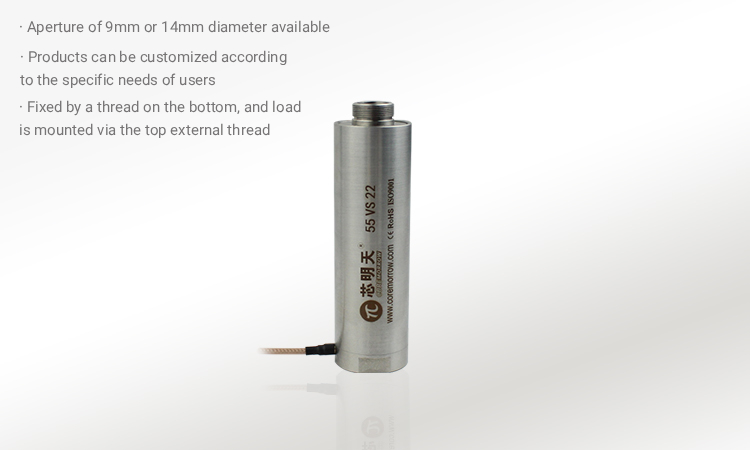
Characteristics
• Stroke to 47μm
• High precision of closed loop positioning
• Blocking force to 5300N
• Aperture: max. diameter to Ø14mm
Technical Data
|
Stroke |
11μm~47μm |
|
Stiffness |
50N/μm~450N/μm |
|
Push force |
3000N~5300N |
|
El. capacitance |
2.6μF~20μF |
|
Resonant frequency |
9kHz~30kHz |
|
Length |
31mm~71mm |
Note: The length, diameter, pins and interface of the piezo actuator can all be custom as required.
Ring Piezo Actuator/Stack
Piezo ring plates are standard 2mm thick ring-shaped plates, with a single-piece displacement of up to 3.3μm. Piezo stacks are used by stacking multiple piezo ceramic plates and welding a common electrode together, with the height freely selected.
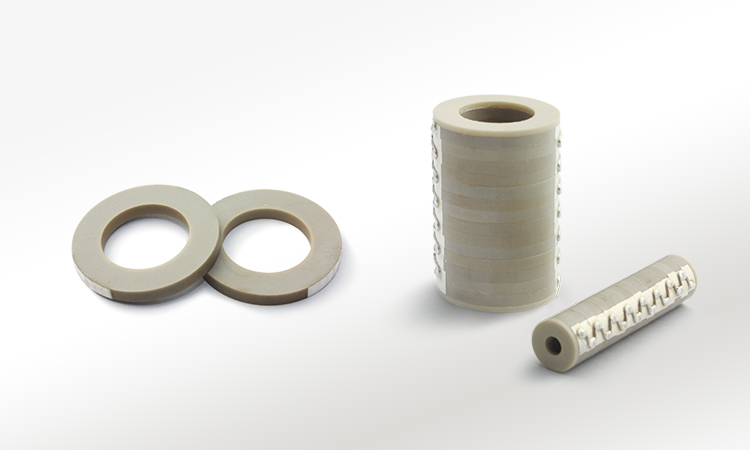
Technical Data
|
Model |
NAC2121~NAC2125 |
|
OD |
6mm~20mm |
|
ID |
2mm~12mm |
|
L |
2mm |
|
Driving voltage |
200V |
|
Displacement |
3.3μm |
|
Blocking force |
1060N~8450N |
|
Resonant frequency |
>486kHz |
Ultrasonic/Monolayer Piezo Ceramic
PZT4, PZT5, PZT8 material are available, can be used in application such as ultrasonic vibration, sensor, transducer, etc. Ultrasonic piezo ceramics are mainly custom-made and can be customized in terms of size, shape, frequency, electrodes, etc. according to requirements.
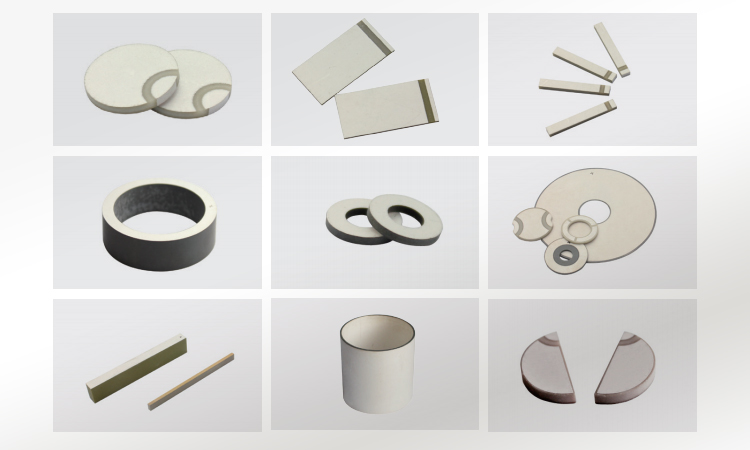
Characteristics
• Fast response speed
• High vibration frequency
• Custom Size available
For further details, please call +86-451-86268790, or add WeChat ID: 17051647888.


